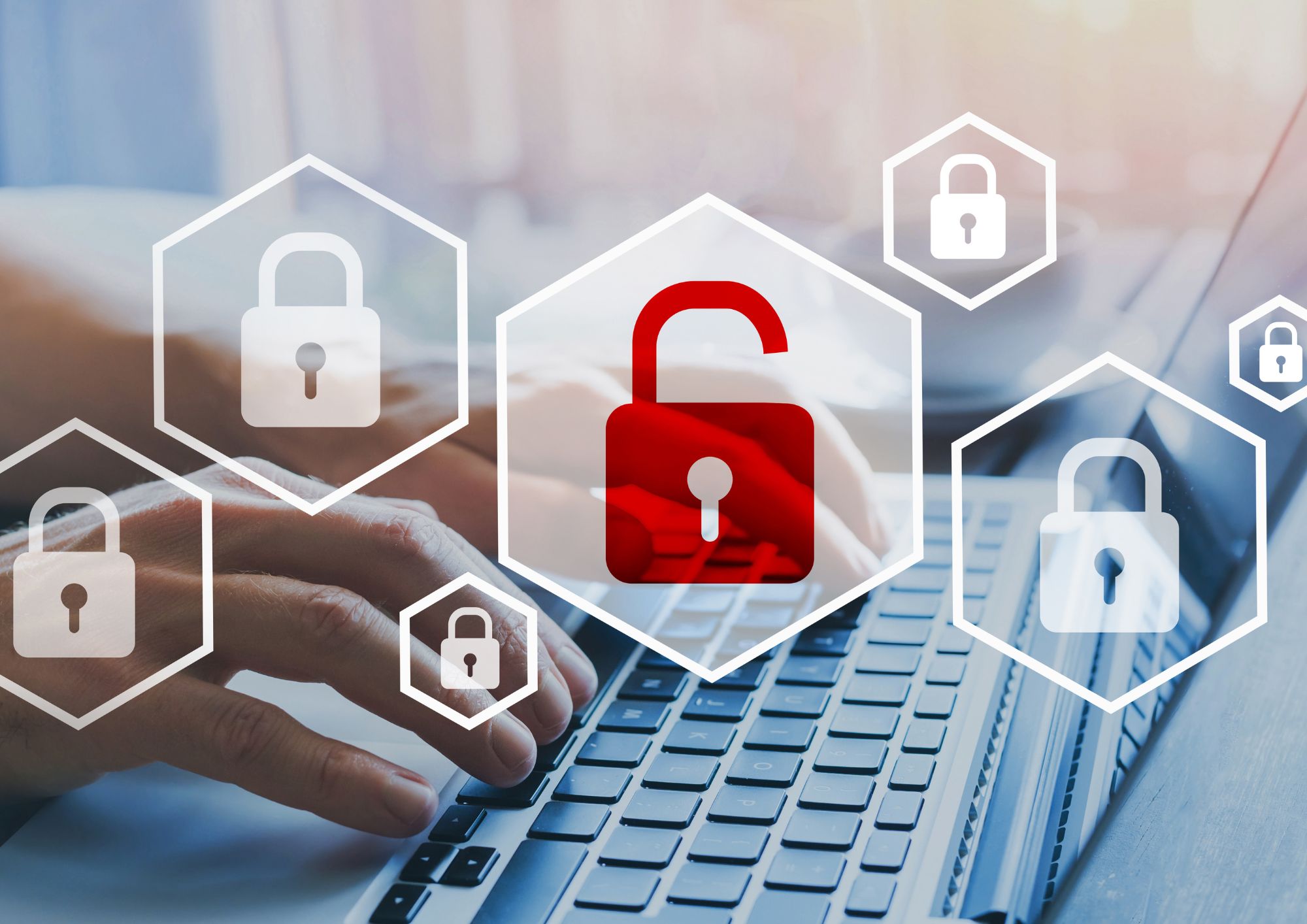Digital transformation has revolutionized the way businesses operate, ushering in an era of increased efficiency, connectivity, and data-driven decision-making.
However, this evolution has also introduced new cybersecurity challenges, making it essential for organizations to reassess their security posture.
In this in-depth analysis, we’ll explore the key cybersecurity challenges of digital transformation, providing examples, facts, and figures to illustrate the scale of the issue, and offering actionable insights to help you stay ahead of the game.
Rapid Pace of Technological Change
Challenge: The rapid pace of technological advancements presents a significant cybersecurity challenge. With new technologies constantly emerging, organizations must continuously adapt their security measures to protect their digital assets.
Fact: A 2021 Gartner report estimated that worldwide spending on cybersecurity would reach $150.4 billion by 2022, reflecting the urgency to address security risks in an ever-evolving digital landscape.
Example: The rise of IoT (Internet of Things) devices has increased the potential attack surface for cybercriminals. In 2020, the number of connected IoT devices worldwide was 21.7 billion, and it is projected to reach 35.8 billion by 2025 (Statista).
Solution: Implement a robust cybersecurity strategy that is both adaptable and scalable, allowing you to stay ahead of emerging threats and integrate new technologies securely.
Growing Sophistication of Cyber Threats
Challenge: Cybercriminals are becoming increasingly sophisticated, employing advanced tactics like AI-driven attacks and targeted ransomware campaigns, which pose significant challenges for organizations’ cybersecurity measures.
Fact: According to the 2021 Verizon Data Breach Investigations Report, 86% of cyber-attacks were financially motivated, while 10% were espionage-related.
Example: The SolarWinds supply chain attack in 2020 demonstrated the scale and sophistication of modern cyber threats. The attack affected 18,000 organizations, including major US government agencies, and led to the compromise of sensitive information.
Solution: Utilize advanced threat intelligence tools, such as AI-based malware detection and behavioral analytics, to identify and mitigate sophisticated cyber threats.
Increasing Complexity of IT Infrastructure
Challenge: Digital transformation often leads to complex, multi-layered IT infrastructures, which can create security vulnerabilities and make it difficult to maintain a comprehensive security posture.
Fact: According to a 2020 IDG survey, 59% of IT decision-makers cited increased complexity as a top challenge for cybersecurity.
Example: Hybrid cloud environments, which combine on-premises, private cloud, and public cloud services, have become increasingly popular. However, this complexity can lead to security blind spots and challenges in ensuring consistent security policies across different environments.
Solution: Invest in security orchestration, automation, and response (SOAR) tools to streamline security management across complex infrastructures and enable a unified security approach.
Workforce Skill Gap
Challenge: The rapid evolution of technology has led to a shortage of skilled cybersecurity professionals, making it difficult for organizations to maintain effective security measures.
Fact: Cybersecurity Ventures predicted that there would be 3.5 million unfilled cybersecurity jobs globally by 2021, highlighting the scale of the workforce skill gap.
Example: A 2020 study by (ISC)² found that the global cybersecurity workforce needed to grow by 89% to effectively manage emerging risks.
Solution: Invest in training and development programs to upskill your workforce, and consider partnering with managed security service providers (MSSPs) to access specialized cybersecurity expertise.
Summary
The era of digital transformation brings with it numerous cybersecurity challenges, as rapid technological advancements and increasing sophistication of cyber threats put organizations at greater risk.
To stay ahead of these challenges, businesses must adopt proactive measures, including adaptable and scalable cybersecurity strategies, advanced threat intelligence tools, streamlined security management across complex infrastructures, and investment in workforce development.
By understanding the scope and scale of cybersecurity challenges in the digital transformation era, organizations can make informed decisions and take appropriate steps to protect their digital assets.
Staying vigilant and adopting a robust security posture is crucial to navigating the ever-changing digital landscape and ensuring the long-term success of your business.
Remember, cybersecurity is an ongoing journey, not a one-time destination. Stay informed, stay prepared, and stay secure!
Thank you for reading our blog, we hope you found the information provided helpful and informative. We invite you to follow and share this blog with your colleagues and friends if you found it useful.
Share your thoughts and ideas in the comments below. To get in touch with us, please send an email to dataspaceconsulting@gmail.com or contactus@dataspacein.com.
You can also visit our website – DataspaceAI



